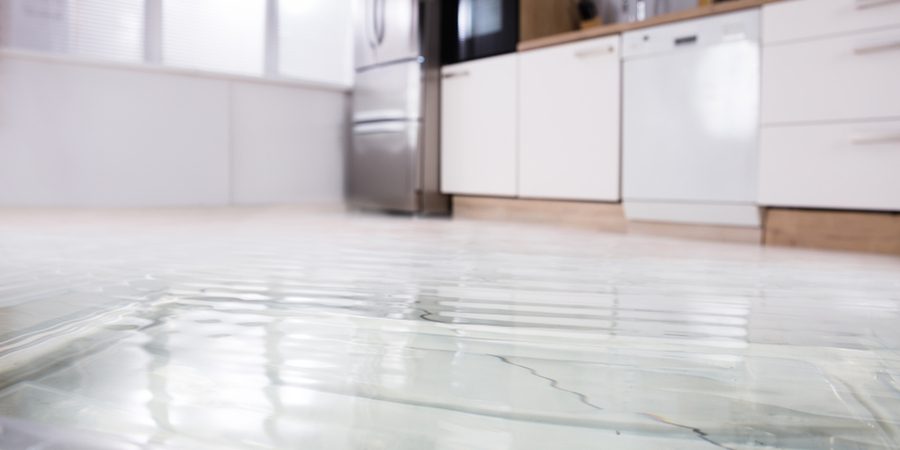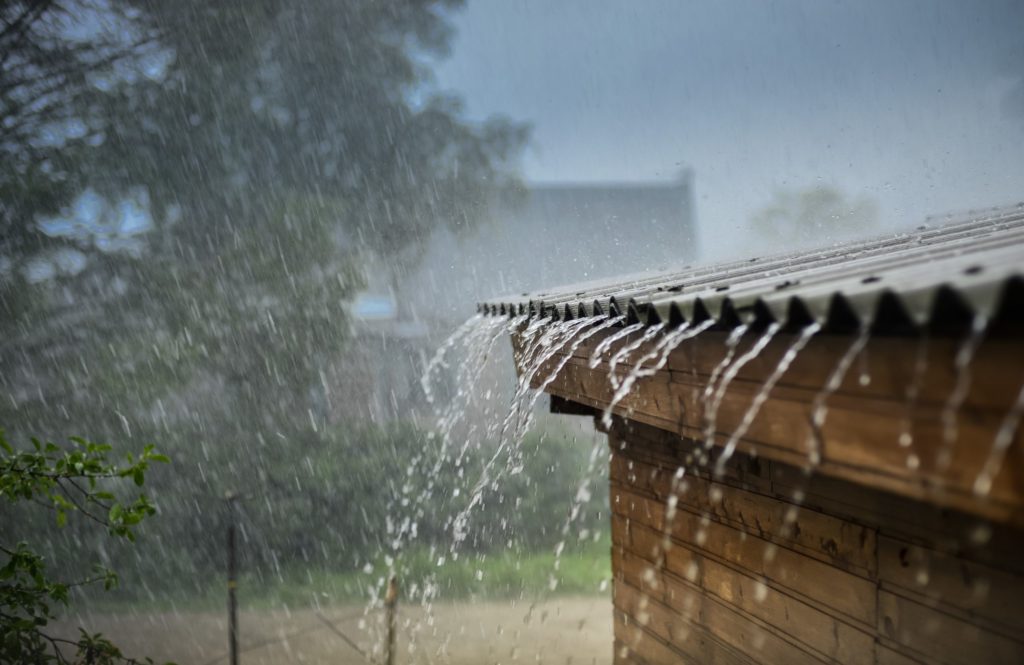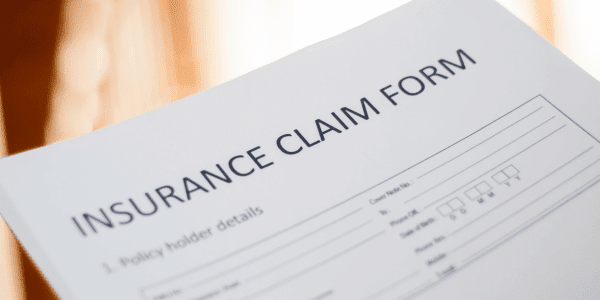Spring flooding can wreak havoc on homes, causing costly water damage, mold growth, and structural issues. In flood-prone areas like Austin, Texas, heavy rainfall and severe storms make homes vulnerable to water intrusion. Whether it’s standing water in your basement, a flooded crawl space, or water seeping through your walls, taking the right precautions can save you from disaster.
Austin and its surrounding areas are in the heart of Flash Flood Alley, meaning that even a short but intense storm can quickly overwhelm drainage systems, leading to severe spring flooding. With heavy rainfall from March through May, it’s crucial to focus on spring flooding prevention to protect your home.
What Causes Spring Flooding in Homes?

Several factors contribute to household spring flooding, including:
- Heavy Rainfall: Persistent downpours during spring storms can saturate the ground, preventing water from being absorbed and leading to rapid flooding.
- Poor Drainage: Blocked gutters, clogged drains, or improperly graded yards can cause water inside your home to accumulate.
- Roof and Siding Damage: Strong wind and hail damage from severe storms can create weak spots that allow water infiltration.
- Cracks in the Foundation: Even minor gaps in your home’s foundation can let in floodwater, leading to wet carpet, musty smells, and mold growth.
- Flash Flood Alley Risks: Austin, Texas flooding can happen quickly and without much warning, making preparation essential.
Maintain Your Home’s Drainage System to Prevent Flooding
Ensuring proper drainage around your home is one of the best ways to avoid spring flooding damage. Here’s how:
- Clean Gutters and Downspouts: Remove leaves, dirt, and debris to allow proper water flow and prevent backups that could direct water toward your foundation.
- Extend Downspouts Away from Your Home: Ensure water is directed at least 3–6 feet away to prevent pooling near your home’s foundation.
- Inspect and Unclog Exterior Drains: Clear driveway drains, storm drains, and yard drains of debris to keep water flowing away from your home.
- Check Your Sump Pump: Make sure it’s in good working order and install a battery backup in case of power loss during storms.
Waterproof Your Home’s Interior to Minimize Flood Damage
If water does get inside your home, preventative waterproofing can help minimize the damage:
- Seal Foundation Cracks and Basement Walls: Use waterproof sealants to block moisture and prevent seepage.
- Install a Backwater Valve: This prevents sewage backup from entering your home through floor drains during flooding.
- Elevate Appliances and Electrical Systems: Place water heaters, furnaces, and electrical panels above potential flood levels.
- Use Water Leak Detectors: Install sensors in flood-prone areas like basements, crawl spaces, and near sump pumps to receive early warnings of water intrusion.
- Monitor for Early Warning Signs: A musty smell, wet carpet, or moisture in the crawl space can indicate small leaks that may worsen with heavy rain.
Protect Your Home’s Exterior from Water Damage

Taking steps to reinforce your home’s exterior can help keep water out:
- Install Window Well Covers: These help prevent water inside your home from entering through basement windows.
- Improve Landscaping Drainage: Ensure your yard slopes away from your home and use gravel or mulch to absorb excess water.
- Use Sandbags and Flood Barriers: If your home is in a Central Texas flood-prone area, place sandbags near doorways and garages to block incoming water.
- Cut Down Overhanging Branches: Prevent roof damage from falling limbs caused by strong wind and hail.
- Check Your Roof and Siding for Damage: Repair any missing shingles or cracks in siding before the spring weather worsens.
Create an Emergency Flood Plan for Your Family
If your home is at risk of Austin, Texas flooding, be prepared:
- Identify an Evacuation Route: Know the safest way to leave your home in case of flooding.
- Prepare an Emergency Kit: Include bottled water, non-perishable food, flashlights, extra batteries, first-aid supplies, and important documents in a waterproof bag.
- Stay Informed with Weather Alerts: Sign up for local flood warnings through apps and emergency notification systems.
- Have a Communication Plan: Ensure all family members know where to go and how to stay in touch during an emergency.
Review Your Home Insurance and Flood Coverage

Many homeowners assume their standard policy covers spring flooding, but this is often not the case. Take these steps to ensure you’re protected:
- Check Your Homeowners Insurance Policy: Review the details of what is and isn’t covered under your current plan.
- Consider Flood Insurance: Standard home insurance does not cover flood damage, but FEMA’s National Flood Insurance Program (NFIP) offers coverage for homes in flood-prone areas.
- Document Your Home’s Condition: Take photos of your home before flood season to provide proof of its state if you need to file a claim.
- Understand Coverage Limits: Ensure your policy covers structural damage and personal belongings in case of severe storms.
Act Now to Protect Your Home from Spring Flooding
Taking proactive steps now can save you thousands of dollars in flood damage repairs and prevent long-term structural issues. Here’s a quick checklist to help you get started:
- Inspect and clean your gutters, drains, and downspouts to ensure proper water flow.
- Seal foundation cracks and apply waterproof coatings to vulnerable areas.
- Install flood barriers or sandbags if you live in a high-risk zone.
- Check your sump pump and install a backup power source.
- Review your flood insurance coverage before the next storm hits.
If your home has already suffered from water intrusion, don’t wait for it to get worse.
Read more from the blog: How To Stay Safe And Ready With Flood Preparedness Tips
Need Immediate Water Damage Assistance? Contact Blackhill Restoration Today
If you notice water inside your home, a musty smell, or standing water after a storm, don’t wait for mold and damage to worsen.
At Blackhill Restoration, we specialize in:
- Emergency Water Extraction to remove standing water quickly.
- Mold Remediation to prevent long-term health risks and structural damage.
- Structural Drying and Waterproofing to safeguard your home from future floods.
Don’t wait for the next storm! Get a free damage assessment today.
Call Blackhill Restoration now for 24/7 emergency service and protect your home from spring flooding. Act fast—water damage spreads quickly!Keep Reading:What to Do When Your House Floods: The Ultimate Checklist

